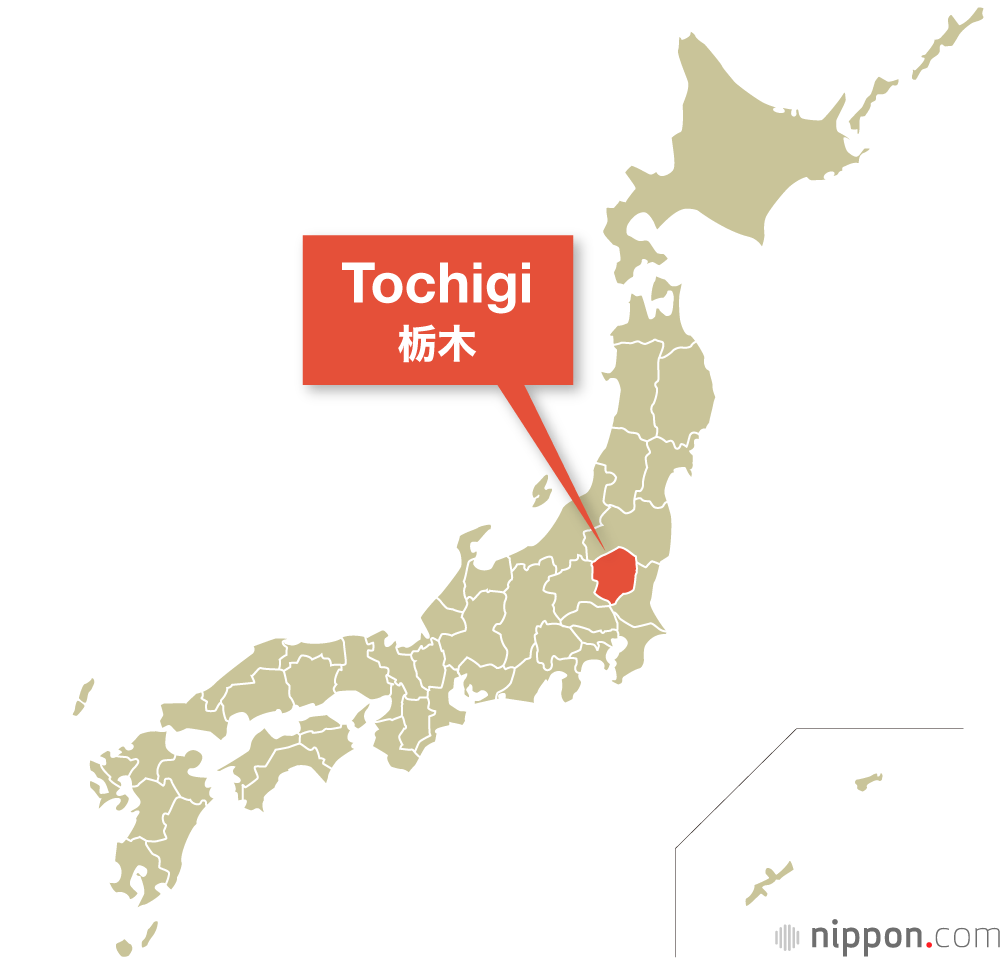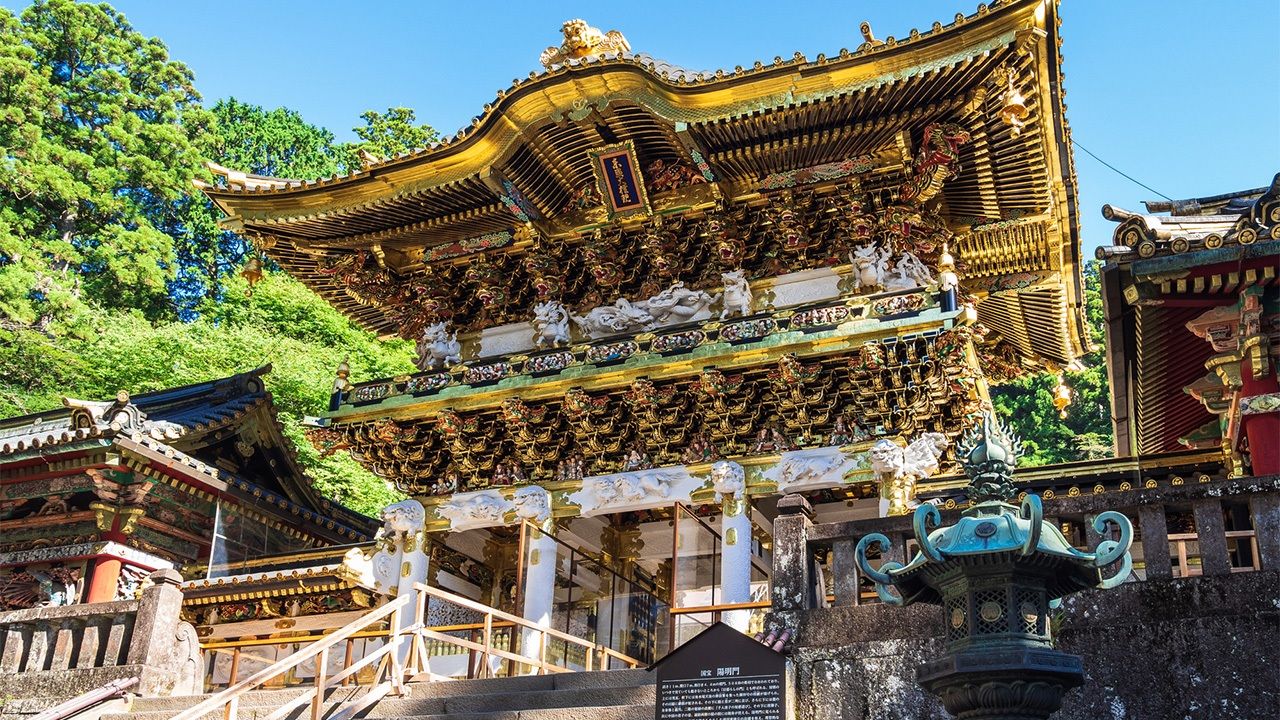
Tochigi Prefecture
Guideto Japan
Culture History- English
- 日本語
- 简体字
- 繁體字
- Français
- Español
- العربية
- Русский
Tochigi Prefecture, located in the Kantō region to the north of Tokyo, is one of the eight prefectures in Japan without access to the sea. Utsunomiya, the prefectural capital, is famed for its gyōza dumplings. In the prefecture’s west is Nikkō, home to temples and shrines that have been declared a UNESCO World Heritage site. In the north are Shiobara, famed for its hot springs and autumn foliage, and Nasu, the location of one of the imperial family’s villas.
Tochigi Prefecture at a Glance
- Established in 1873 (formerly Shimotsuke province)
- Capital: Utsunomiya
- Population: 1,933,000 (as of Oct. 2020)
- Area: 6,408 km2
Tochigi lies just north of Tokyo, making it a major tourist destination, both for domestic travelers and for foreign visitors looking to sample the history it has to offer. The forested mountains of Nikkō are the site of historic spots including Tōshōgū, which enshrines Tokugawa Ieyasu, the founder of the Tokugawa shogunate that ruled Japan from 1603 to 1867. The “Shrines and Temples of Nikkō” were inscribed on the UNESCO list of World Heritage sites in 1999.
The prefecture is flat in the south and east, with the bulk of its population clustered in cities like the capital Utsunomiya, Sano, Ashikaga, and Tochigi. To the west and north lie tall mountains, including the Nikkō peaks of Mount Shirane (2,578 meters) and Mount Nantai (2,486 meters), as well as Nasu’s Mount Chausu (1,915 meters), the site of the volcanic gas-spewing “killer rock” celebrated in Matsuo Bashō’s poetry.
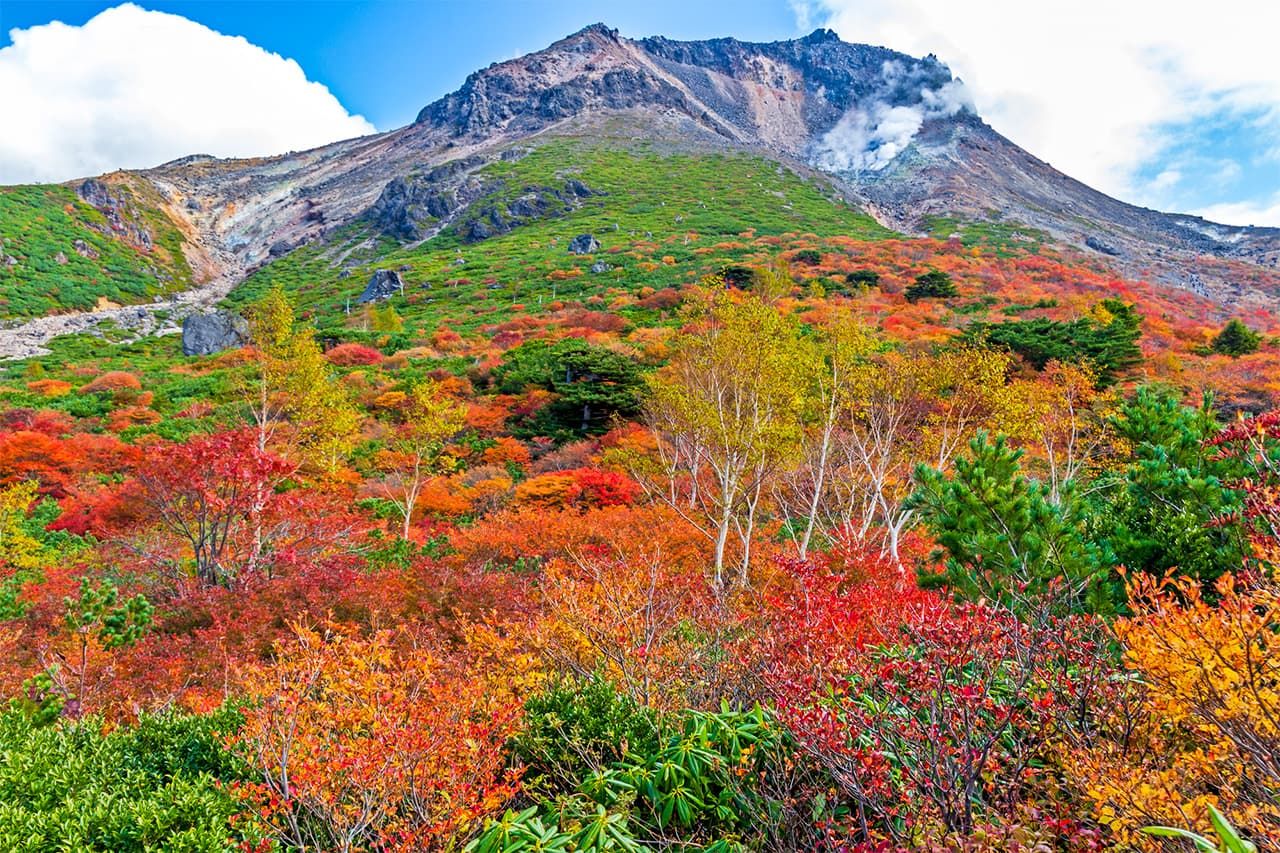
The peak of Mount Chausu decorated in its autumn finery. (© Pixta)
Tochigi is an agricultural powerhouse, ranking in Japan’s top 10 prefectures for its crop and livestock output. In particular it ranks top in Japan for strawberries, including the Tochiotome variety named for the prefecture, as well as kanpyō dried gourd shavings and udo, Japanese spikenard or “mountain asparagus.”
In the north of the prefecture, the mountains of Shiobara and Nasu offer a wealth of hot-spring destinations relatively near to Tokyo, making them popular destinations for short trips. Nasu is also home to one of the imperial villas, where the emperor and family go to escape the summer heat. In the southeast of Tochigi, the town of Mashiko is a globally famed ceramics center.
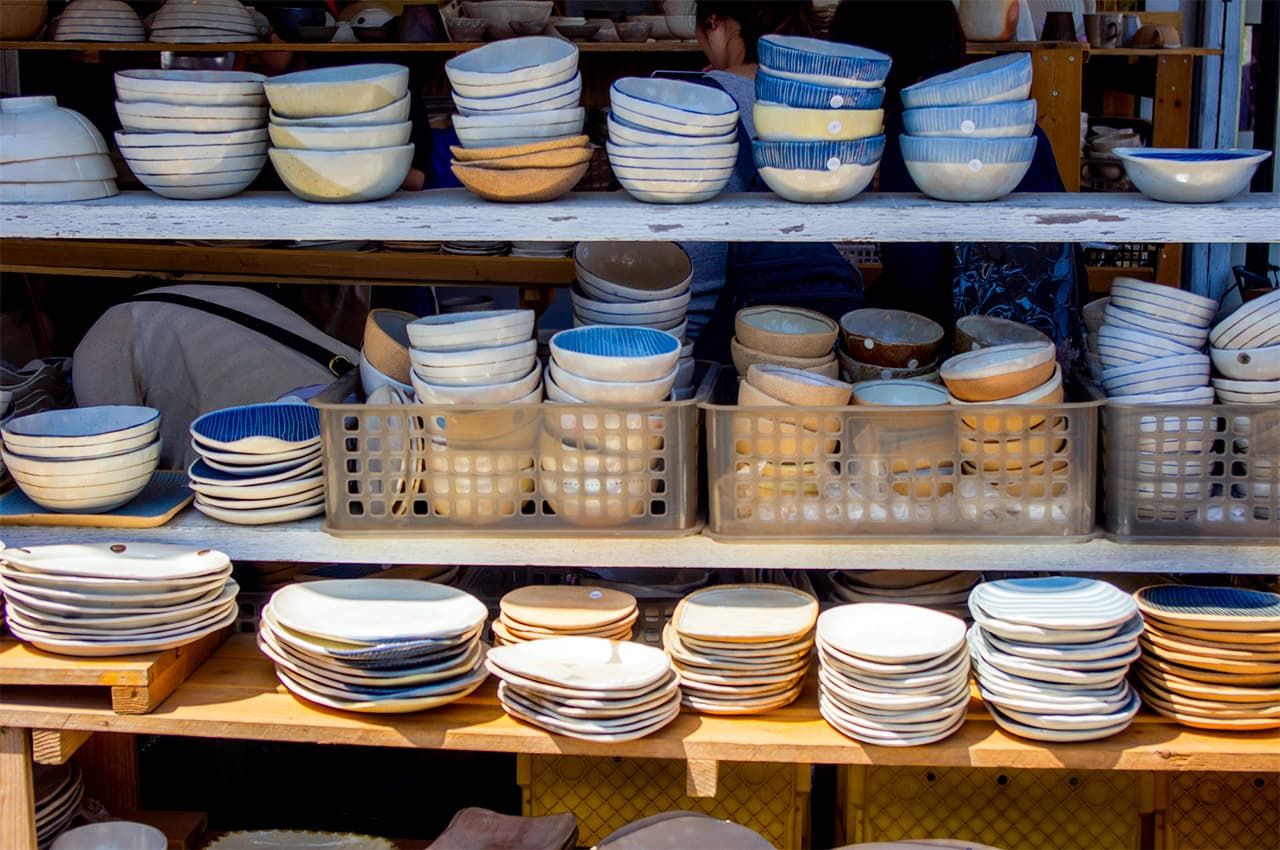
Mashiko ware is known for its humble appearance, but is prized as one of Japan’s top names in ceramics. (© Pixta)
In the west of the prefecture, Nikkō features world-famous shrines and temples that UNESCO has included on its list of World Heritage sites. Nikkō Tōshōgū, completed in 1636 by the third Tokugawa shōgun, Iemitsu, is a complex including the mausoleum for Ieyasu, the founder of the Tokugawa dynasty that lasted from the dawn of the seventeenth century up through 1867.
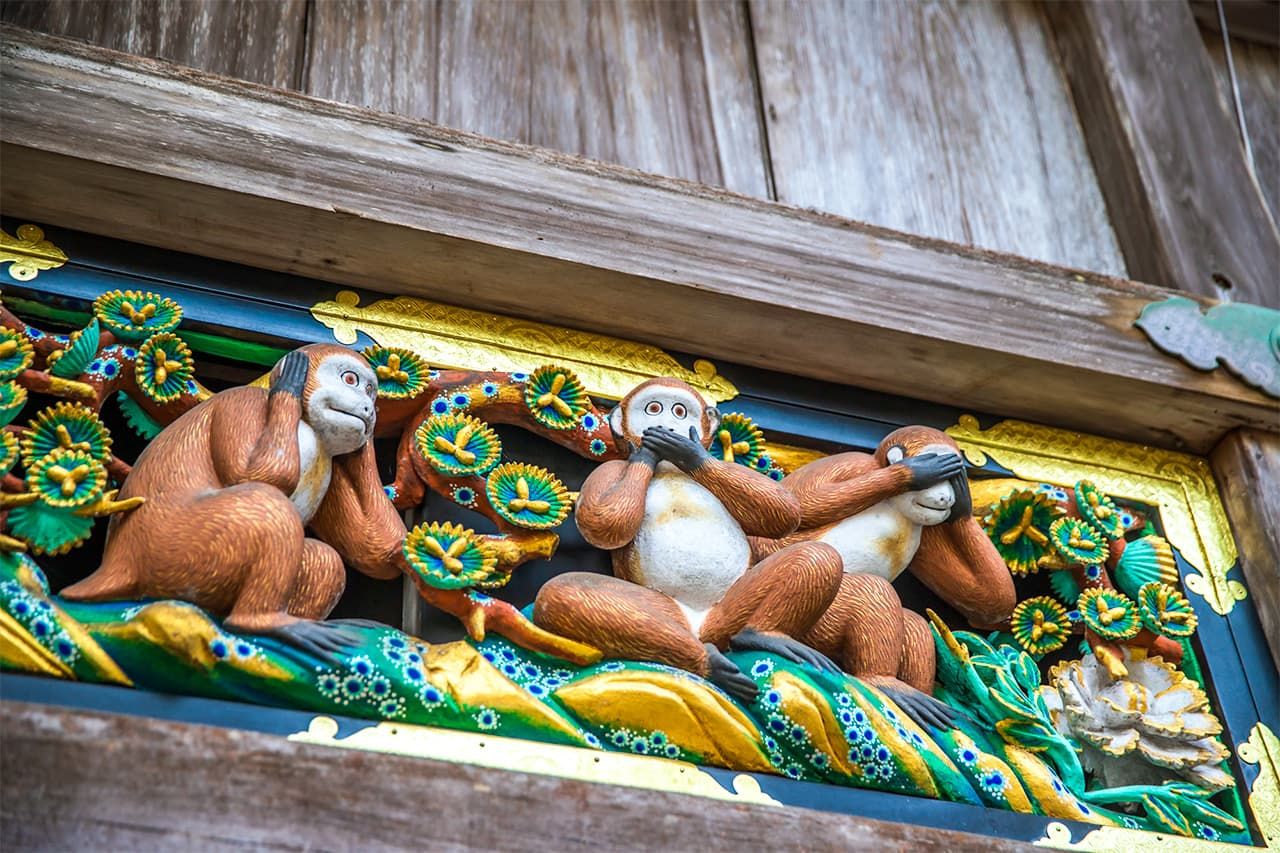
The monkeys at Tōshōgū, part of the shrine’s intricately carved decorations, illustrate the instruction to “hear no evil, speak no evil, and see no evil.” (© Pixta)
The prefectural mascot, Tochimarukun, made his debut in 2009, and has been the official prefectural mascot since 2011.
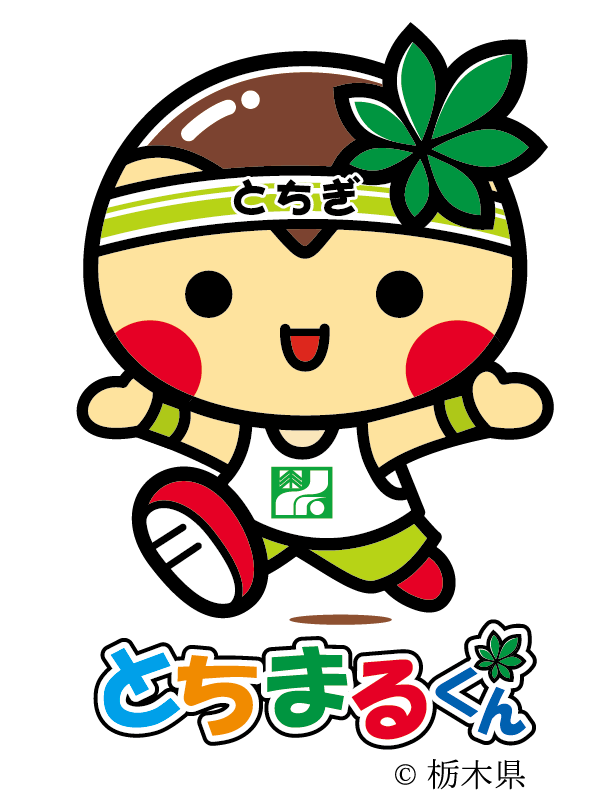
Tochimarukun. (© Tochigi Pref.)
Famous Figures
- Ibuka Masaru (1908–97): Industrialist and cofounder of Sony. Along with Morita Akio, he built the company Tokyo Telecommunications Engineering, which became Sony in 1958. He was president of the company from 1950 to 1971, during which era it grew into a global name, and served as chairman from 1971 until his 1976 retirement.
- Guts Ishimatsu (1949–): Boxer and entertainer. Born Suzuki Yūji, made his professional debut in 1966, and despite a less than stellar professional win/loss record, managed to defeat Rodolfo González in 1974 to take the WBC lightweight title. Transitioned to a full-time media celebrity career from the 1970s onward.
(Originally published in English. Banner photo: The Yōmeimon is a lavishly carved gate at the inner entrance to Nikkō’s Tōshōgū. © Pixta.)
For the complete list of the country’s 47 prefectures, see “The Prefectures of Japan.”
